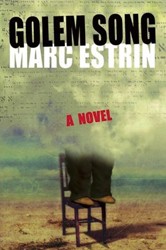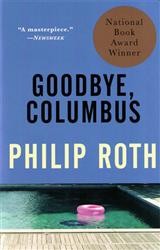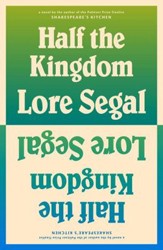The first forty pages of Heretics, Cuban novelist Leonardo Padura’s epic brick of a book, are among the most heartbreaking I’ve read in recent memory.
They chart, in quick succession, the swelling optimism inside young Daniel Kaminsky, a Polish boy in Havana, soon to be reunited with his father, mother, and sister; the well-to-do Kaminskys’ increasingly quixotic and desperate flight from the anti-Semitism and Nazism that is rapidly spreading and smothering Europe; the misplaced hope the family has pinned to an extremely valuable painting they’ve smuggled out of Europe and brought with them; and the tragic, cruel fate of the ship they’ve been unfortunate enough to find passage on. That ship is the real-life St. Louis, on which nearly a thousand Jewish passengers wait in the Havana harbor for days before the decision — undercut by corruption and politics — is made to turn them away, first to the U.S., where they are turned away for a second time, and finally back to Europe. Hearing the news and understanding what it means, the boy makes “the drastic decision that he, of his own will and from the bottom of his heart, would from then on disown his condition as a Jew.” Like this, Daniel Kaminsky becomes the first of the novel’s many fascinating heretics and conflicted heroes.
The nearly five hundred pages that follow, in which questions of free will and the condition of being Jewish (of being anything, really), never stray far from the surface, are by turns arresting, meandering, dryly funny, and often deeply moving.
In present-day Havana, Mario Conde, a retired cop and sometime private investigator, is brought into the fold by Elias Kaminsky, Daniel’s American-born son, to solve the mystery of the painting, a small Rembrandt — an enigmatic portrait of Jesus Christ that may in fact be a portrait of a Sephardic Jew — which went missing on the ship seventy years earlier and has now turned up for auction in London valued at just over a million dollars.
Conde, a recurring character in several of Padura’s popular detective novels, is pitch perfect as the perpetually broke (and broken), rum-soaked, philosophically inclined private eye. This is a man who has seen everything, read everything, and still understands nothing. He is our guide through the moral and formal complexities of this long, complicated story and we’re lucky to have him. He is the novel’s mostly-unflappable center and its most dynamically drawn character.
At its core, Heretics is a simple detective novel — an almost clichéd mystery about a missing painting — but, perhaps in a nod to the heresies it is so obsessed with, it flat-out refuses to operate like one. Instead, Padura manages to spin from the small, missing Rembrandt an impressive, searching book that expands until it encompasses not only several generations of the Kaminsky family, but a history of Jewish persecution, bits and pieces of mysticism and fanaticism, a gently drawn portrait of Rembrandt in the cultural beehive of seventeenth-century Amsterdam, an investigation into the power of art, a poignantly nostalgic picture of 1950s Havana and its once-bustling Jewish population, and one of a new Cuba full of goths, rockers, freaks, and emos who “don’t believe in anything.”
Though never quite boring, the novel loses some of its steam when it abandons Conde and the Kaminskys about halfway through (they come back eventually) for the story of a Jewish painter living three centuries earlier in Amsterdam. And again in the third act when Conde becomes involved in a very tenuously related murder mystery. But Padura seems intent on stuffing his book with as much as he can and for the most part it works — mainly due to the writing itself (translated by Anna Kushner), which can tend toward cluttered and knotty, but is rarely dull, even when the story slumps.
All of Padura’s characters in this sweeping, unapologetic, and ultimately satisfying novel — painters, messiahs, punks, and detectives — are heretics in their own ways, souls pushing against the limits of the lives, traditions, religions, and revolutions that have been prescribed for them in the search for something sacred. For the reader, the pleasure is in pushing right along with them.
Jonathan Arlan is a writer and editor currently based in Kansas City. He is the author of the recently published travel memoir Mountain Lines: A Journey through the French Alps.





